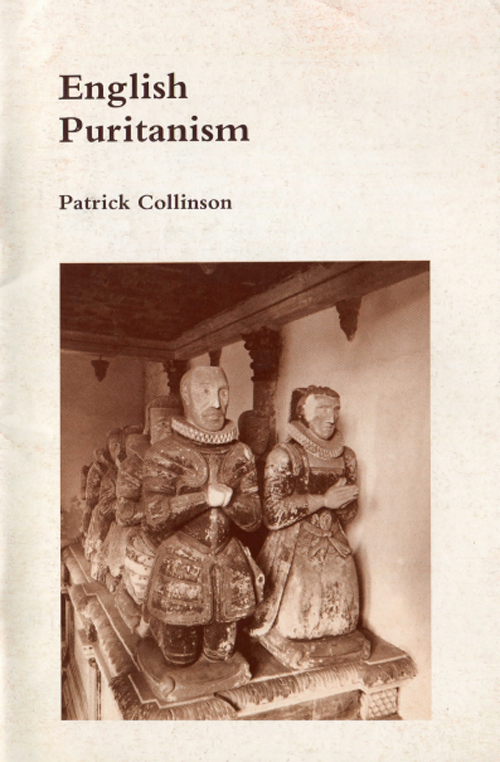English Puritanism
Classic Pamphlet

What was Puritanism?
When the modern world was christened Puritanism appeared as a bad fairy and bestowed upon it certain dubious gifts: capitalism, democracy, America. This is a fairy story, but like all fairy stories it contains a small grain of truth. But what was Puritanism? Already in the seventeenth century a critic wrote that since it was ambiguous it was fallacious. More recently the ambiguities and even fallacies which the term ‘puritan' involves have stimulated a secondary academic industry devoted to the definition of Puritanism, in it self and in relation to contrary tendencies in the religious culture of post-Reformation England, sometimes called Anglicanism.
Patrick Collinson finds it more profitable to investigate the historical circumstances which gave currency to ‘puritan' as a term of abuse and index of religious, moral and cultural tension. He traces the fortunes of the Elizabethan puritan movement for a ‘further reformation' of the Church of England, analyses its social composition and observes the partial success of puritan religious and moral values in converting early seventeenth century provincial society. He suggests that this influence was essentially conservative, but argues that the rise of the antithetical Arminian movement reactivated Puritanism as a radical ideology capable of sustaining a civil war and a revolution.
This resource is FREE for HA Members.
Non HA Members can get instant access for £3.49

